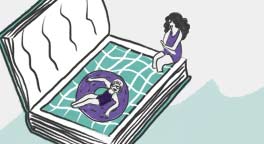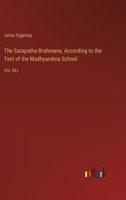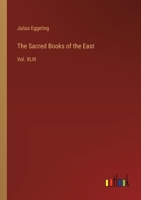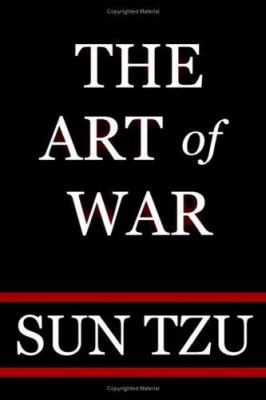The Correlation and Conservation of Forces: A Series of Cepositions
No Synopsis Available.
Format:Paperback
Language:English
ISBN:1141953722
ISBN13:9781141953721
Release Date:January 2010
Publisher:Nabu Press
Length:480 Pages
Weight:1.87 lbs.
Dimensions:1.0" x 7.4" x 9.7"
More by Julius Eggeling
Customer Reviews
2 customer ratings | 2 reviews
There are currently no reviews. Be the first to review this work.



































